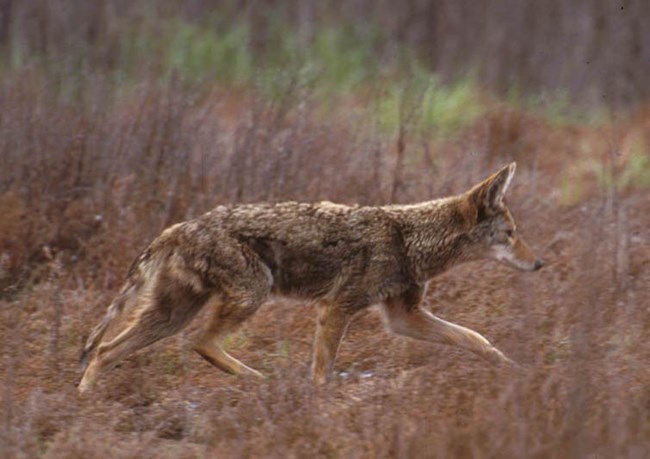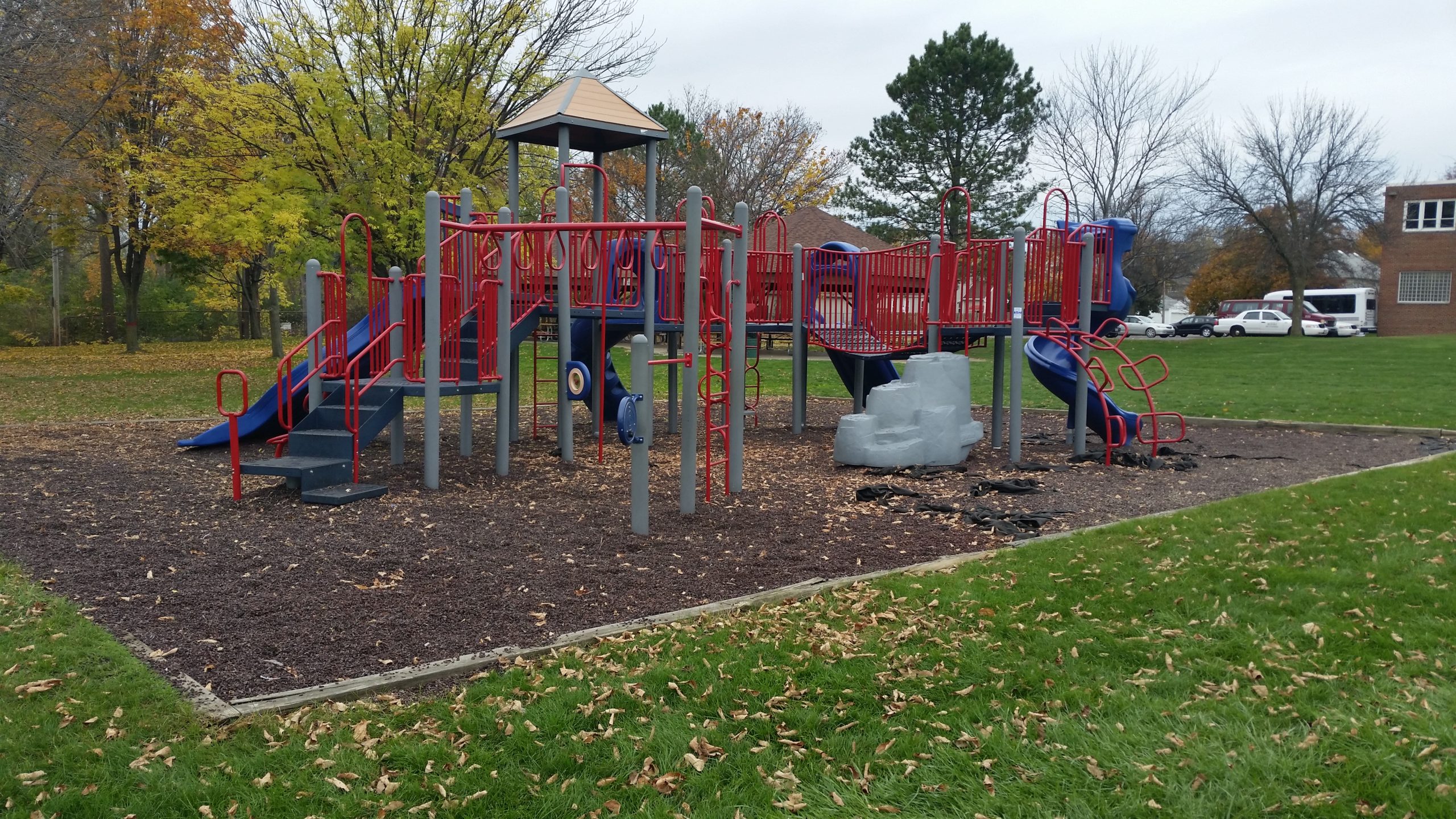I was visiting some friends at their home near Ellenwood recently and discovered a somewhat disturbing sight — it was the hind end of a deer fawn lying next to the driveway. We surmised that it was probably the result of a coyote attack. This got me thinking about how common these events are in the City of Bedford, and if it was any cause for concern.
So, I contacted Bedford City Animal Warden Robert Kelly to get some background information. He said increased activity by coyotes in the city could be a result of deer culling begun in the area during the last year. The coyotes are going wherever the food is, he said.
“They have lots of prey around here,” Kelly said.
That prey can include smaller animals, such as rodents or woodchucks, but at this time of the year, Kelly said the coyotes will go after fawns. Along with these prey, coyotes have also been known to go after pets.
Kelly said there have been three instances recently where small dogs have been taken by a coyote. The dogs were close to their homes, but were not in fenced-in yards. He said it is important that owners of small dogs (20-pounds or less) have a fence to protect their animals. Also, if owners are out with their dogs, the dogs need to be kept close on a leash. Cats can also be in danger of being attacked.
Kelly said that it is extremely rare for humans to be attacked by a coyote, but it is feasible that the animal may go after a toddler, so that is something to be aware of, also.
According to a Cleveland Metroparks site on Eastern Coyotes, the animals are mostly active in the evenings, but you can see them out most anytime. Kelly said he has recently had to euthanize a coyote that was hit by a car, and has picked up two other dead coyotes on the side of the road.
Coyotes are dog-like animals that can weigh between 20-to-50 pounds. One distinct feature that distinguishes the animal from dogs, according to the website, it that coyotes run with their tails down, as opposed to up in the air or parallel to the ground, like domestic dogs. Kelly said that for every coyote one sees, there are probably five or six that you don’t see. They animals live in dens around the area.
Besides protecting smaller pets and children, Kelly said there is absolutely no reason to worry about the animals in the area.
For more information on coyotes, or what to do when you encounter one, visit the Cleveland Metroparks site at https://bit.ly/2K7wKCz. If you would like to see a coyote up-close, take a visit to the Cleveland Museum of Natural History and you can visit Charcoal, Tex, Red and Ember and watch how they interact at their outdoor exhibit. You can also read about them here: cmnh.org/coyotes







My many years of watching Coyote documentaries on TV tell me that had this been the work of a Coyote, there would be an anvil or a spent rocket casing with the word “Acme” on it left somewhere nearby.
A deer cut in half sounds more like the work of a Tazmanian Devil.